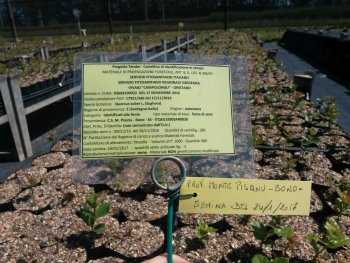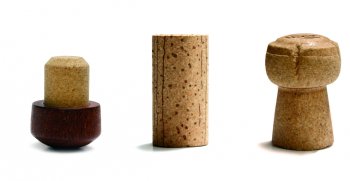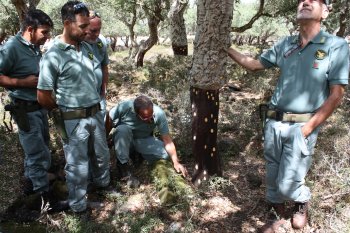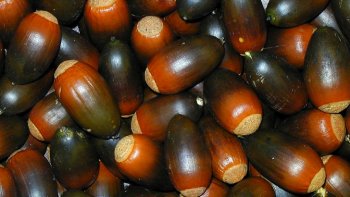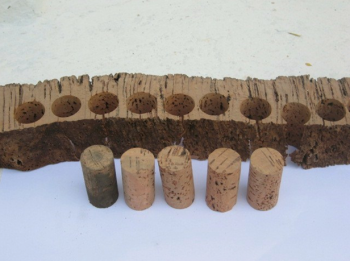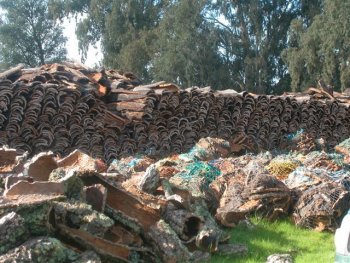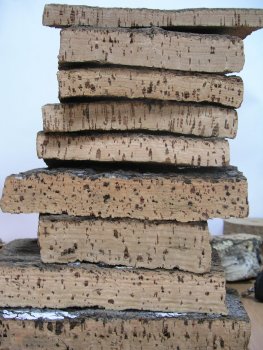Accessing site productivity in cork oak stands in Portugal
Submitted by joanaap on 19 June 2020In recent decades, new cork oak plantation areas have been established in Portugal, not only in the traditional areas of distribution of the species but also in the northern parts. Historical records show that the species was formerly present here, and climatic thresholds suggest a possible occurrence. Cork oak site productivity, assessed through site index, was modelled in relation to soil and climate variables. The models were developed to estimate and map the site index value along the cork oak potential distribution area in Portugal.


